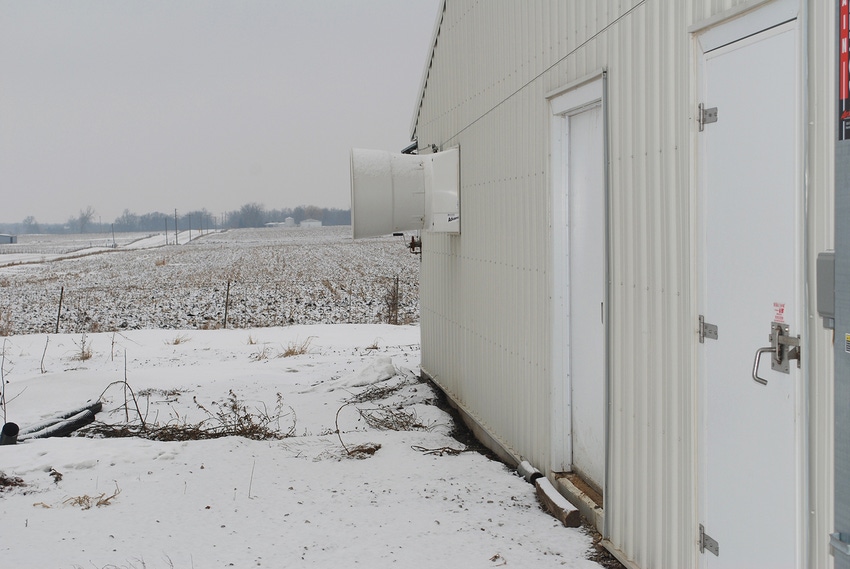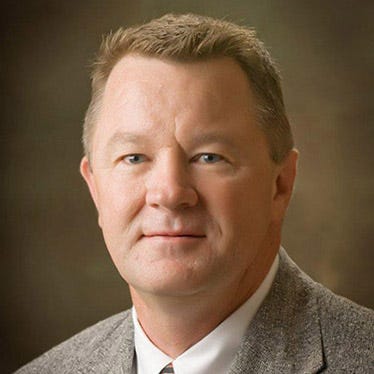The fact that facility costs are much higher is not news to anyone, but has it factored into your coverage?

Over the past month I have had many conversations about property insurance with our clients. While it is the time of year for finalizing business plans and forecasts for the future, the discussions have focused around coverage, premiums and deductibles. I wanted to provide a few thoughts and at least encourage producers to revisit their policies to make sure they have the coverage they expect.
The fact that facility costs are much higher is not news to anyone, but has it factored into your coverage? Replacement cost and major repairs from damage are significantly higher in the past year.
Everything from lumber, equipment and labor are up some 30% (or more). New sow farms are well over $3,000 per sow, and wean-to-finish barns are over $400 per space. This is indicative of the costs to repair or replace facilities and equipment following a loss event.
Insurance premiums have increased as well. Issues with losses from recent storms in the past couple of years have added to the risk profile for our industry. Couple that with more coverage value on existing facilities, and the cost of coverage has contributed to higher cost of production. A common response has been an increase in the deductible to help control costs, and factoring that into budgets is a bit tricky.
Loss prevention is an important aspect of the process. Prevention is most likely to reduce the risk of loss from fire and there are mitigation tools you can use. The biggest tool here is a strong maintenance and prevention program on a routine basis. Perform regular inspections of temperature sensors, electrical connections, switches, fans, motors, lighting, heaters and gas lines. That should include sensors in the rooms to identify issues as well. Some — maybe all — insurers can provide some help in establishing loss prevention plans.
Finally, have a discussion with your insurance provider about coverage levels, loss prevention, premiums and deductibles no less than annually. Make sure you understand what losses are covered and the levels of business interruption you should use if a facility is lost for a period of time. As part of your overall risk management program, consider the higher costs of repairing or replacing facilities. With higher costs, this has become more important than ever.
Source: Kent Bang, who is solely responsible for the information provided, and wholly owns the information. Informa Business Media and all its subsidiaries are not responsible for any of the content contained in this information asset. The opinions of this writer are not necessarily those of Farm Progress/Informa.
About the Author(s)
You May Also Like





